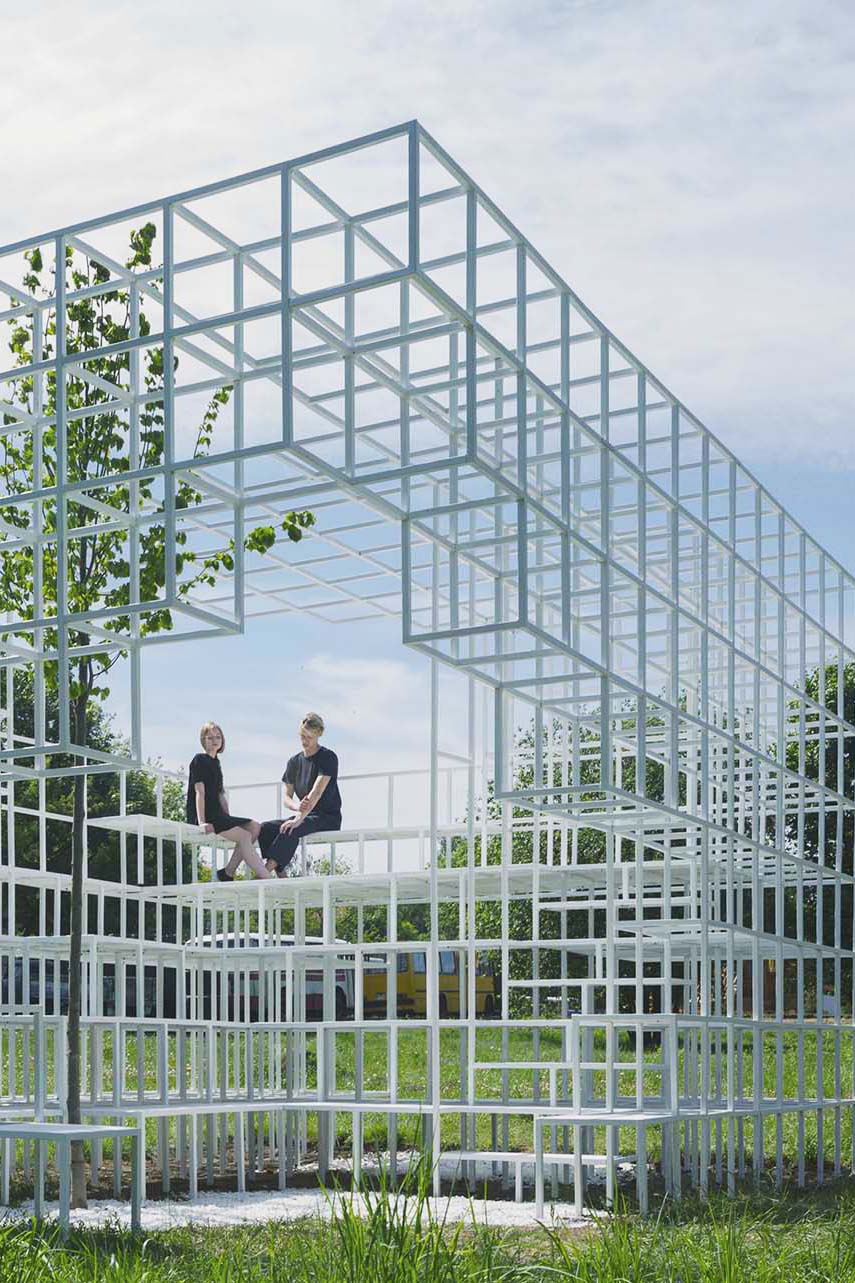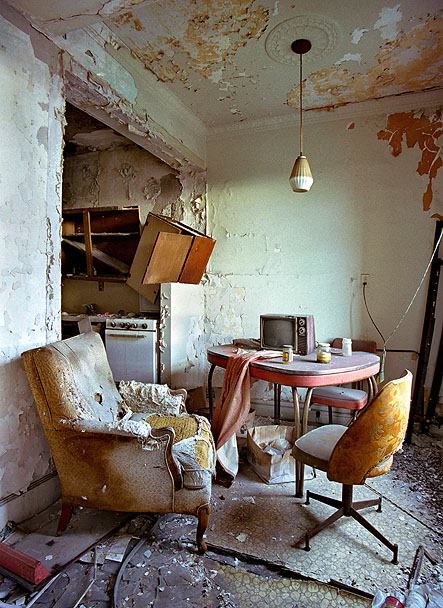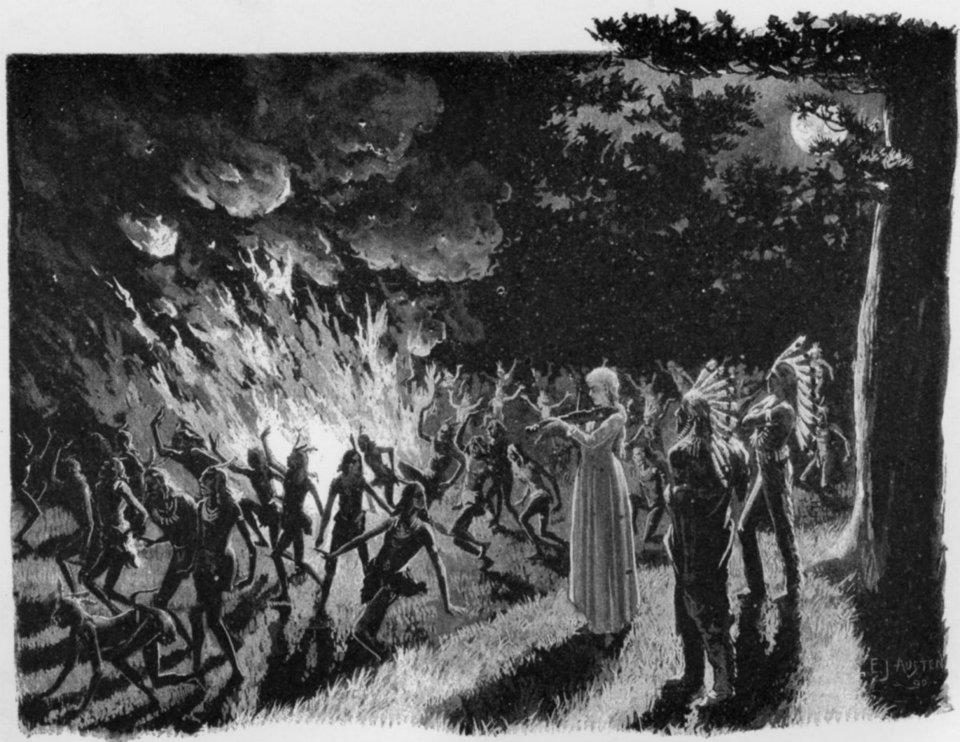
RENE LALOUX
Рене Лалу
gandahar
René Laloux, criou Gandahar, seu último filme de animação. Baseado no romance de Jean-Pierre Andrevon Les Hommes-machines contra Gandahar Esta fascinante animação adulta combina a famosa imaginação de Laloux com a do designer de animação Philippe Caza. “A minha busca começou com um enigma. “Em mil anos, Gandahar foi destruído, e todo o seu povo massacrado. Há mil anos, Gandahar será salvo, e o que não pode ser evitado será.” -Sylvain. Este filme está no planeta Gandahar, onde a paz reina e a pobreza é desconhecida. O estilo de vida utópico é perturbado por relatos de pessoas nas fronteiras periféricas sendo transformadas em pedra. Enviado para investigar, o Príncipe Sylvain (João Shea) cai e é resgatado pelas experiências genéticas deformadas e horrendas que correram mal e deixado para defender-se por si mesmos. Com sua ajuda, Sylvain descobre que a Metamorfose, um cérebro gigante também criado em uma experiência, está tentando destruir Gandahar.
.
René Laloux created Gandahar, his last animated film. Based on Jean-Pierre Andrevon’s novel Les Hommes-machines against Gandahar This fascinating adult animation combines Laloux’s famous imagination with that of animation designer Philippe Caza. “My quest began with a riddle. “In a thousand years, Gandahar was destroyed, and all his people slaughtered.













